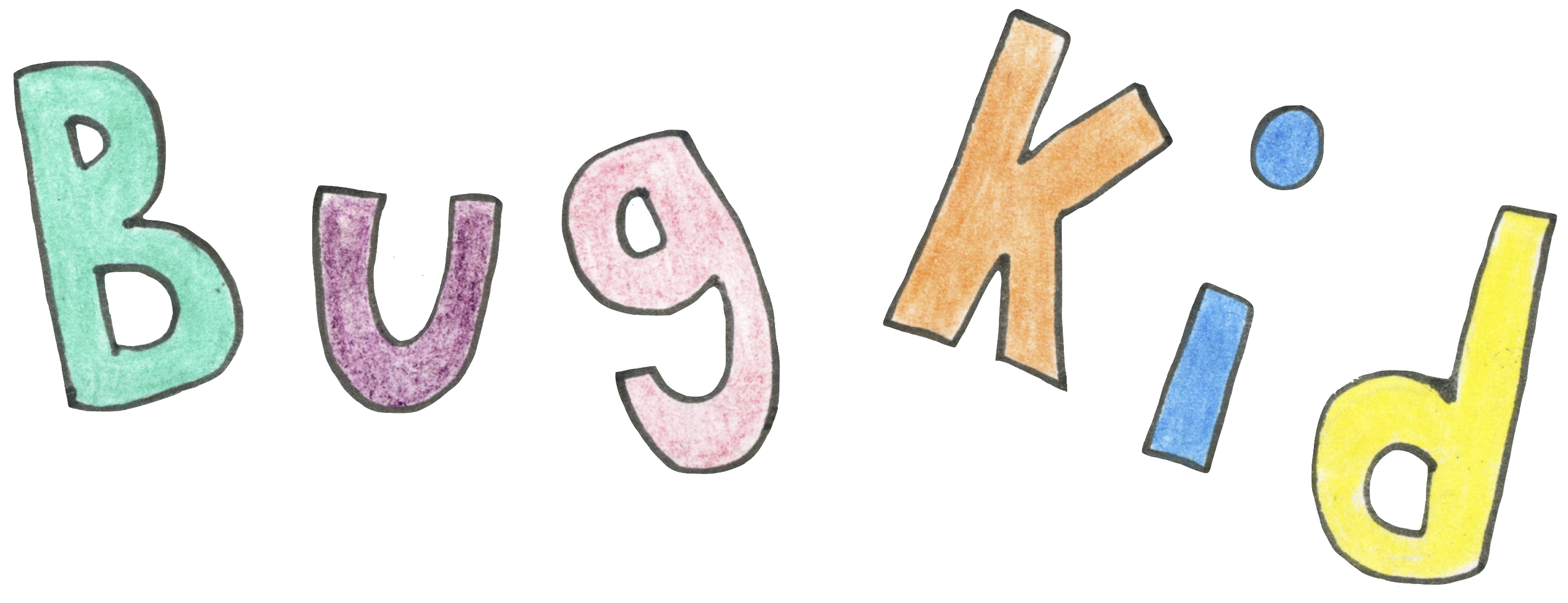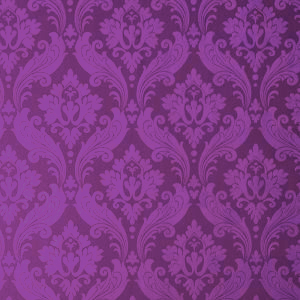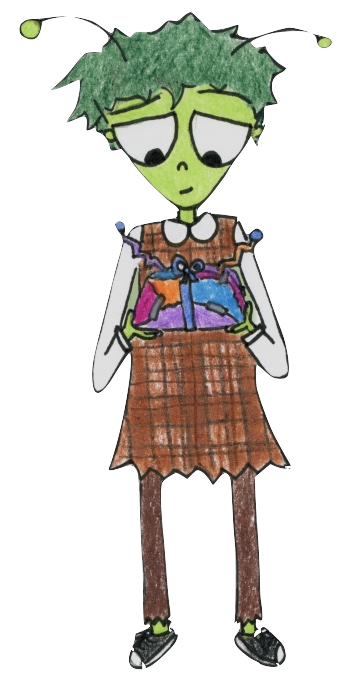The resurgence of Y2K aesthetics represents more than just a cyclical fashion trend—it's a complex psychological phenomenon that bridges generational divides and speaks to our collective relationship with technology.
Nostalgia vs. New Discovery
For millennials who experienced the original Y2K era, the aesthetic triggers genuine nostalgia—a sentimental longing for a formative period. For Gen Z, who have no direct memory of the era, it represents a fascinating "retro-future" discovery—a vision of the future as imagined from the past.
This dual appeal makes Y2K aesthetics uniquely powerful in contemporary culture.
Digital Optimism
The Y2K period (roughly 1995-2004) represented a time of widespread digital optimism. The internet was new and full of possibility, not yet associated with privacy concerns, misinformation, or addictive social media.
In our current era of digital fatigue and tech skepticism, there's psychological comfort in revisiting this more innocent relationship with technology.
Control Through Aesthetic
Psychologists note that embracing retro aesthetics can represent a form of control in uncertain times. By curating elements from a known past, individuals create a sense of order and predictability in contrast to an uncertain future.
Commercial Applications
For brands and designers, understanding these psychological drivers is crucial. Y2K elements can be strategically deployed to:
- Create emotional connections with millennial audiences
- Offer novel experiences to younger consumers
- Signal creativity and willingness to diverge from contemporary design homogeneity
- Create a sense of playfulness and technological optimism
As we continue into the digital future, our relationship with the digital past will likely remain a rich source of creative and psychological exploration.




